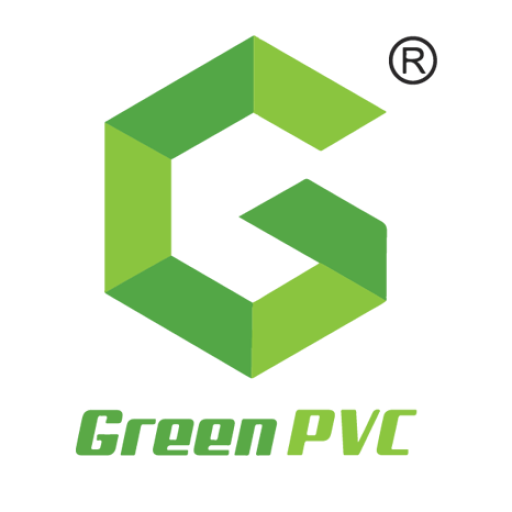Polyvinyl Chloride, popularly referred to as PVC, is the world’s third most used synthetic plastic polymer – next to polyethylene and polypropylene. Naturally white and brittle, PVCs are prevalent in construction, healthcare and food preparation applications.
So, what do you know about PVC?
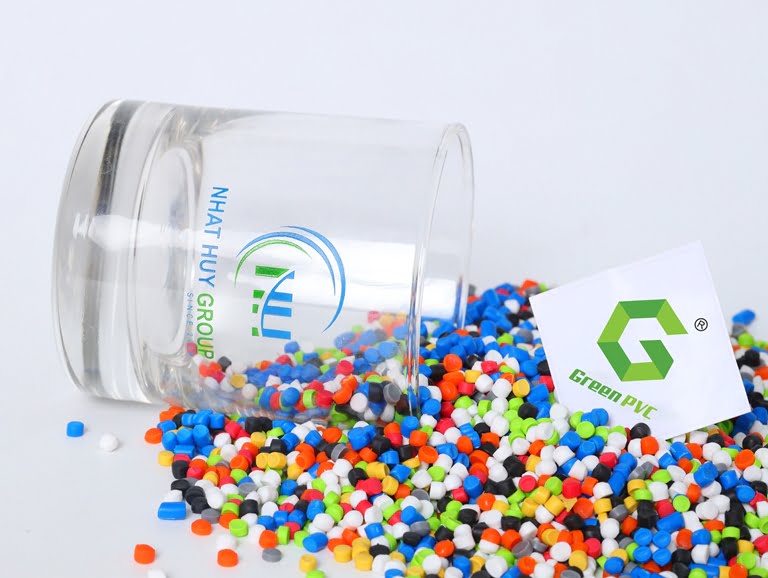
Discovery
PVC was accidentally discovered, not once but twice! It was first discovered in 1835 by the French chemist, Henri Victor Regnault. And then, German Eugen Baumann discovered PVC again in 1872.
In both of these cases, the polymer was tested in a vinyl chloride flask. The flask turns a white solid when exposed to sunlight.
Patent
Although the first two discoverers wrote about the polymer, neither of them patented PVC… fools, I hear you cry!
It wasn’t until 1913 that plastic was more or less perfected by one of the world’s most famed chemists, Waldo Semon.
Structure
PVC is a white, brittle, malleable solid. And, it goes through a rigorous process before it can be turned into a material that improves our lifestyle.
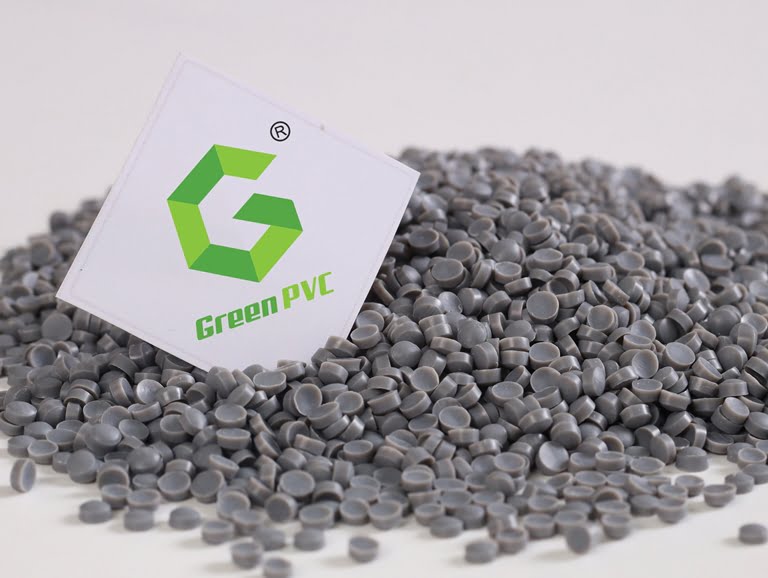
Plasticizing
Plasticizing refers to the process of adding plasticity or viscosity to the white solid material for commercial use. Waldo Semon first introduced this in 1926, when PVC began to be widely used in life.
Durability
PVC is a widely sought after material for various applications due to its extreme durability. Resistant to weathering, rotting, abrasion and chemical corrosion, these key characteristics can be beneficial for many different uses.
A recent study by the European Council of Vinyl Manufacturers (ECVM) demonstrated that PVC can last up to 70 years in some cases – providing reliable service throughout its entire lifespan.
On top of that, it is low-cost and lightweight; two reasons why it continues to be the material of choice for industries that include IT, transportation and textiles.
PVCu and uPVC
Ever wondered what the difference is…? Well, PVCu and uPVC are one in the same thing!
The “U” stands for un-plasticised – alternative stabilizers and additives used for this application. So the material can resist harsh weather conditions and UV rays.
To further explain; uPVC changed to PVCu in 1980 because most European languages place the noun (PVC) before the adjective.
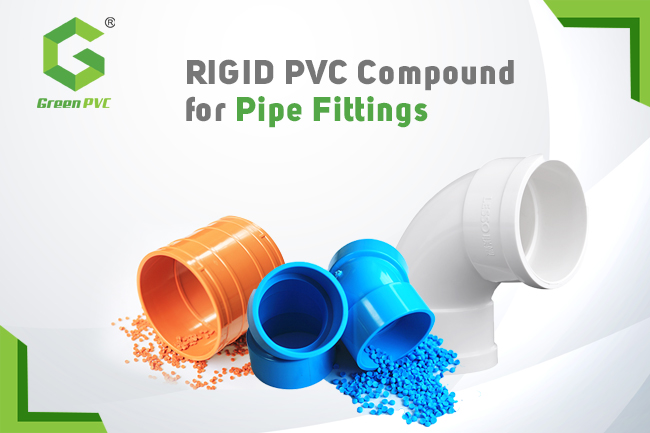
Recyclable
Like all thermoplastic, PVC is ripe for recycling. PVCu can be reshaped at very high temperatures; giving it great recycling possibilities.
Versatility
PVCu is a versatile material – it can come in a variety of colors and finishes, making it ideal for slabs and flooring materials. Therefore, the main application of PVCu is in homes, gyms and work areas.
Vinyl Records
In the 1950’s and 1960’s, the boom of the record industry paved the way to its earliest mass market application. To this day, you can still find old vinyl records that are a living testament to the durability of this resilient material.

Whether you are planning to purchase the products or if you were simply curious about PVC, we have explained some interesting facts that you really ought to know about this top-grade material! For a wide range of PVC products, contact Green PVC today on +84 902.267.398!
About Green PVC JSC.,
- Green PVC JSC., – a member of Nhat Huy Group – Vietnam exporter and manufacturer with more than 16 year experience, has developed our own formula to produce PVC Compound that fully meet the following requirements:
- Good resistance to shock, drag, impact and harsh environments.
- High strength and elasticity.
- Achieve Reach Rohs environmental protection indicators.
- Various colors and outstanding tones.
- Stable supply capacity with large quantity of 1,700 tons/month.
- Competitive price
- 🔰 About our factories
- Capacity: 1,700 tonnes monthly
- Our markets range from Indonesia, Malaysia, Thailand to India, Bangladesh, UAE, Europe, America…
See more: PVC COMPOUND from Green PVC Compound in Vietnam
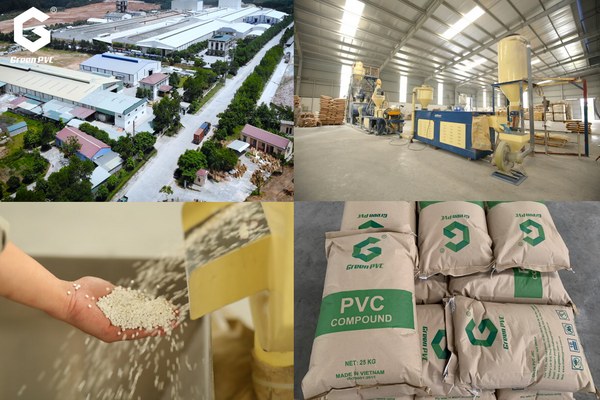
| Nhat Huy Group is Vietnamese leading manufacturer and exporter of various products. Founded more than a decade ago, we have been doing business with customers from all over the world, spreading across five continents. Green PVC JSC is a PVC compound factory that belongs to Nhat Huy Group. Since its inception, the Board of Directors has oriented the company to develop in the direction of industrial production. Our factory are equipped with modern equipment, machines, and advanced production lines from all over the world. |
